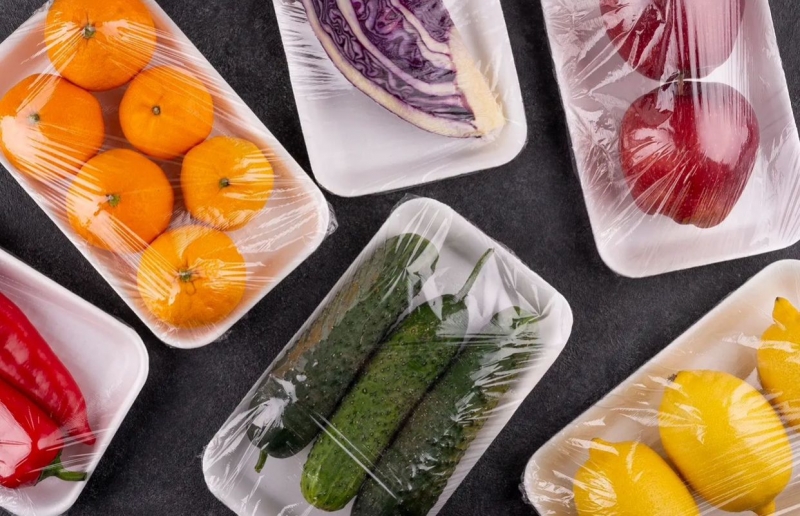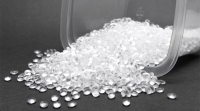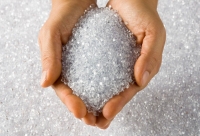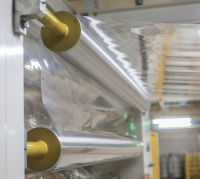Polyethylene is one of the most commonly used materials for packaging films due to its versatility, durability, and cost-effectiveness. There are various types of polyethylene used in the production of packaging films, each with its unique properties that make it suitable for different applications. Here is an overview of the main types of polyethylene used for packing film:
1. Low-Density Polyethylene (LDPE)
Properties: LDPE is characterized by its low density, flexibility, and transparency. It has a high degree of branching which gives it a less compact molecular structure.
Applications: It is widely used for making plastic bags, plastic wrap, and stretch film. LDPE films are known for their clarity, flexibility, and toughness.
Advantages: LDPE films are resistant to moisture, chemicals, and impact. They are easy to seal and have good tear and puncture resistance.
2. Linear Low-Density Polyethylene (LLDPE)
Properties: LLDPE has a similar density to LDPE but has a linear structure with significant short-chain branching. This structure gives it higher tensile strength and puncture resistance compared to LDPE.
Applications: Commonly used in stretch wrap, agricultural films, and food packaging. It is preferred for applications requiring high strength and toughness.
Advantages: LLDPE offers excellent elongation and impact strength. It provides a good balance of flexibility and rigidity and is often used in blends with LDPE to enhance film properties.
3. High-Density Polyethylene (HDPE)
Properties: HDPE has a high density and linear structure with minimal branching, which gives it high tensile strength and stiffness.
Applications: It is used for products like grocery bags, milk jugs, and bottle caps. HDPE films are less flexible than LDPE but provide superior strength and resistance to chemicals.
Advantages: HDPE films have excellent resistance to moisture, chemicals, and UV radiation. They are durable and suitable for heavier-duty packaging applications.
4. Metallocene Polyethylene (mPE)
Properties: Produced using metallocene catalysts, mPE offers precise control over the polymer structure, resulting in enhanced performance characteristics.
Applications: Used in high-performance applications such as food packaging, medical films, and heavy-duty sacks. mPE films exhibit superior clarity, toughness, and sealability.
Advantages: mPE films have excellent optical properties, high puncture resistance, and strong seals. They provide a balance of strength and flexibility with enhanced performance compared to conventional polyethylene films.
5. Ethylene Vinyl Acetate (EVA)
Properties: EVA is a copolymer of ethylene and vinyl acetate. It offers high flexibility, clarity, and toughness.
Applications: Used in food packaging, medical films, and adhesive layers in multilayer films. EVA films are chosen for their excellent sealing properties and flexibility.
Advantages: EVA films have a high degree of flexibility and clarity. They provide excellent adhesion and sealing properties, making them ideal for applications requiring a strong, durable seal.
Key Considerations for Polyethylene Packaging Films
Thickness: The thickness of the film affects its strength, flexibility, and application suitability. Thicker films offer more durability and puncture resistance.
Additives: Additives such as UV stabilizers, anti-static agents, and slip agents can enhance the performance and functionality of polyethylene films.
Barrier Properties: For food and medical packaging, barrier properties against oxygen, moisture, and other gases are crucial to maintain product integrity.
Environmental Impact: Recycling and biodegradability are important considerations. Some Packing film are designed to be recyclable or contain biodegradable additives to reduce environmental impact.
Packing film is essential in various industries due to their adaptability and performance characteristics. The choice of specific polyethylene type and film formulation depends on the requirements of the packaging application, including strength, flexibility, clarity, and barrier properties.







Leave A Comment